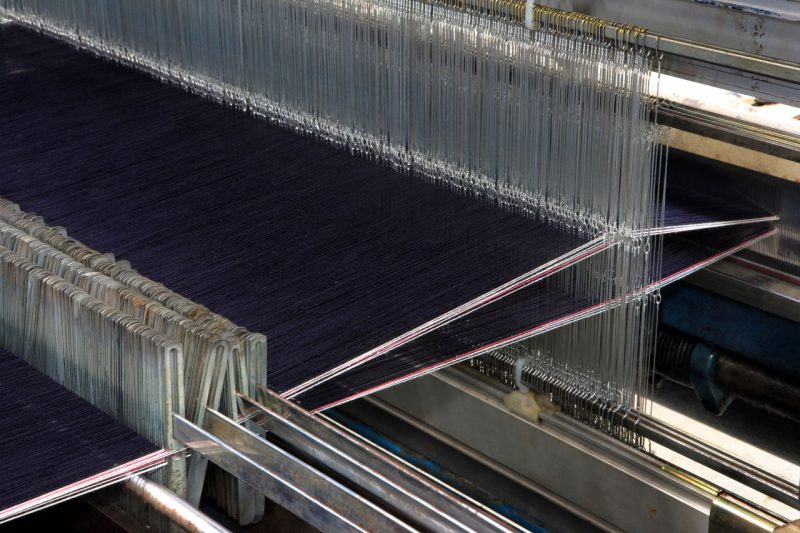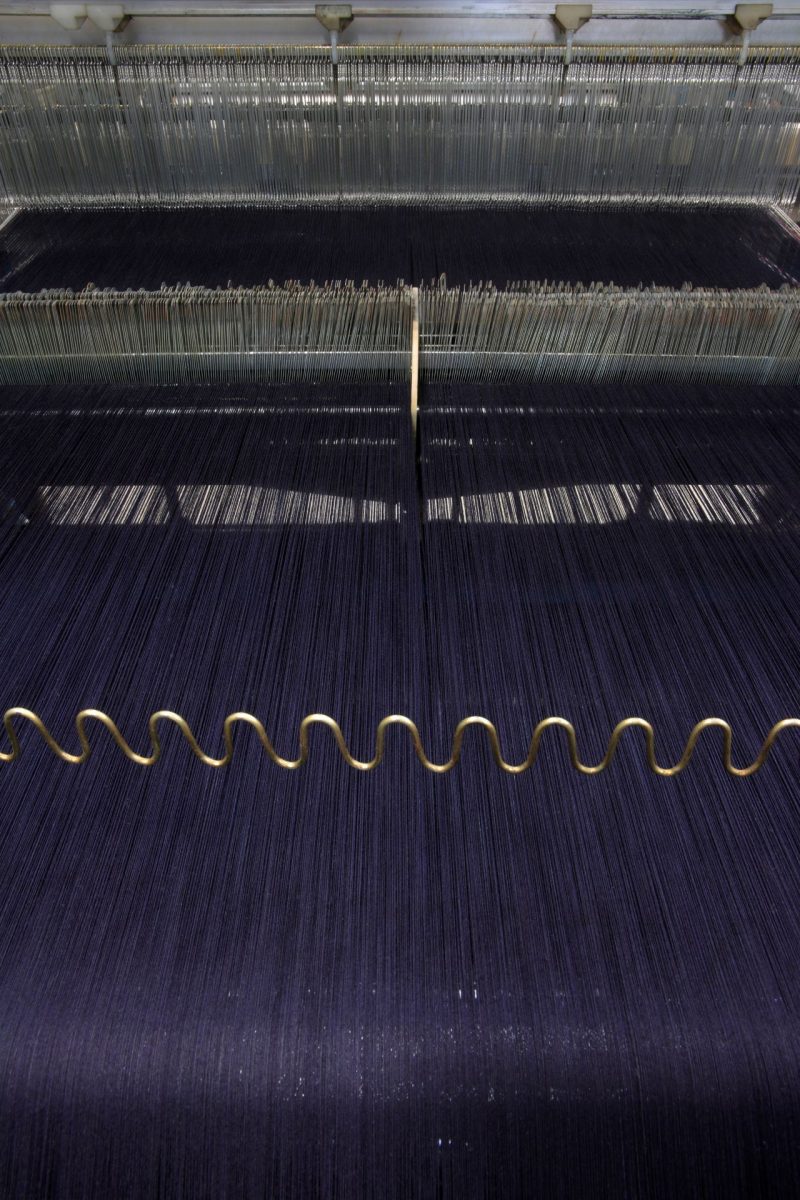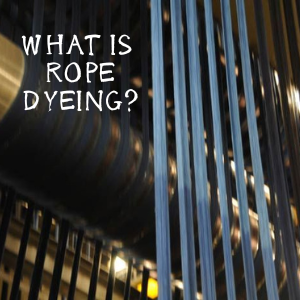About weaving preparation after dyeing process
About weaving preparation after dyeing process
We shared about "Rope-dyeing" with you the other day, today we will tell you "the preparation for weaving process" which is at the end of dyeing process.
Click the image below to read about "rope-dyeing".
Rope-dyeing
⇩
Yarn splitting
Yarns are separated by a splitting machine and arranged like sheets.
The yarns become tangled and lumpy after dyeing, and if they are not properly separated, it is very inconvenient for the next weaving process.
So this is an extremely important process that is controlled by skilled craftspeople.
Sizing
Sizing is a process of applying a protective starch upon the surface of the yarn.
Cotton yarns are soft and weak in tension, so it is difficult to weave well as they are. Therefore, they are starched to add tension to the yarn.
Rigid denim (raw denim) is stiff because it is starched.
At this stage, we decide the quantity of warp yarns according to the fabric standard, and apply them onto the beam.
The dyeing process ends here, and the yarn applied onto the beam moves to the weaving process.
Basically fabric is made by combining warp and weft yarns in a regular pattern.
The loom consists of parts called heddles, which move the warp threads up and down, shuttles, which pass the weft threads, and reeds, which drive the weft threads.
Each of those parts moves according to the specifications of fabric to weave it.


It is very simple construction, but the warp threads move independently, so the process of placing the warp threads on the weaving machine is a very patient work that thread one by one through the reed and heddles.
More than 2000 warp threads are used in the Selvedge denim fabric (about 80-82 cm width), you can imagine how hard it is! lol
Then the loom is fine-tuned according to yarn thickness and fabric standards and it is ready to go!!
Actually this preparation takes a rather long time.
Next time, we will move on weaving process finally.


